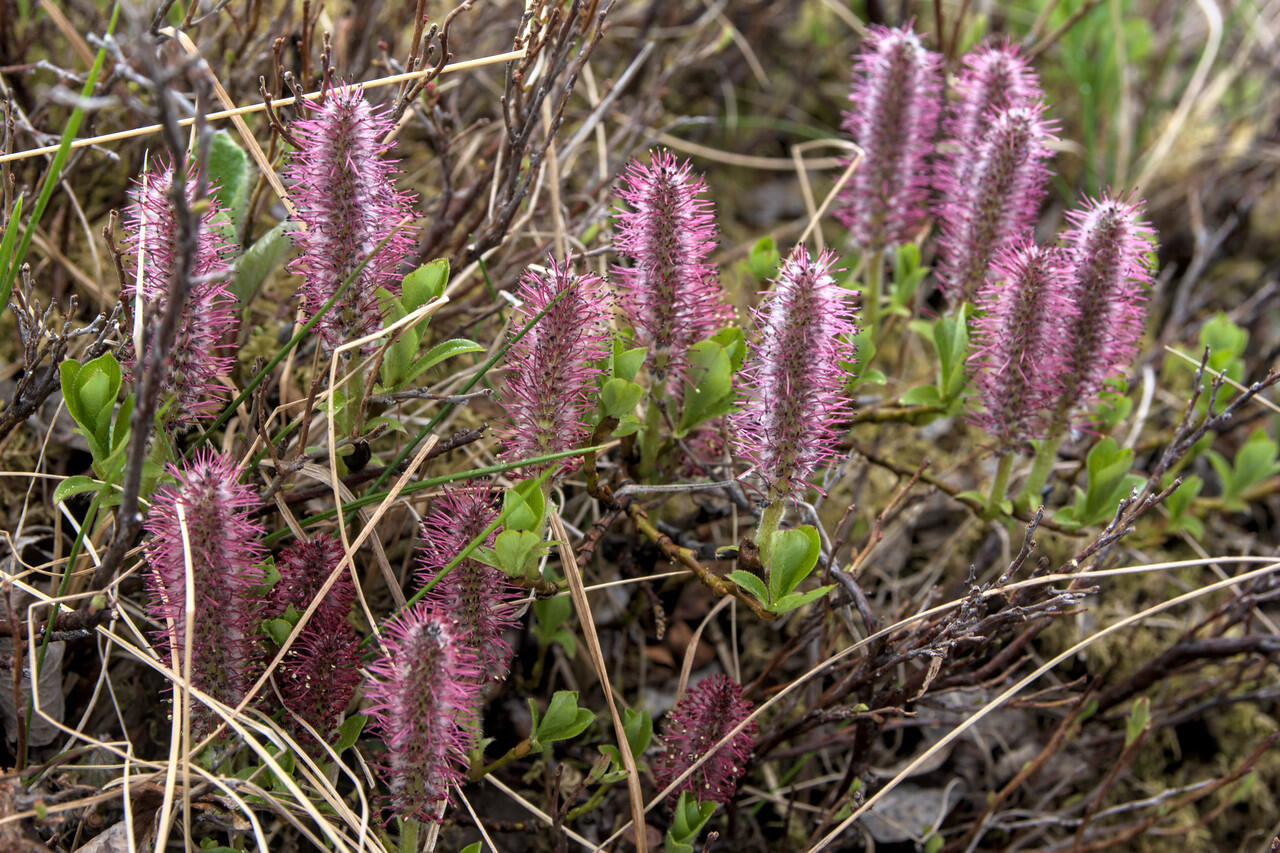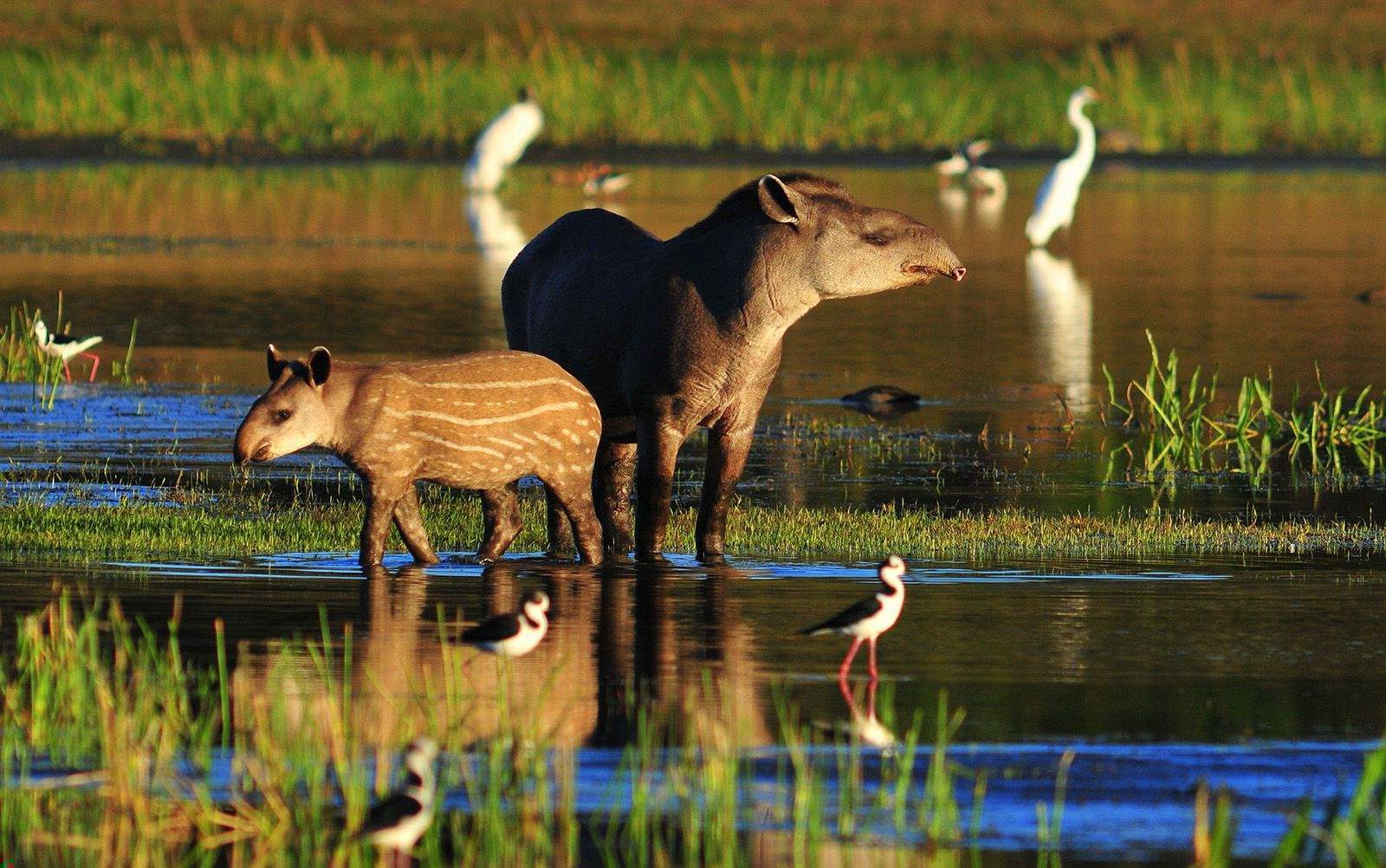
Arctic willow, scientifically known as Salix arctica, is a remarkable plant species that thrives in the harsh conditions of the Arctic and subarctic regions. Despite its diminutive size, this resilient plant plays a vital role in the fragile ecosystems of the far north. Its ability to survive in extreme cold, poor soil, and strong winds is a testament to nature's adaptability.
In this article, we'll delve into 11 fascinating facts about the Arctic willow, shedding light on its unique characteristics, ecological significance, and the remarkable adaptations that enable it to flourish in one of the most challenging environments on Earth. From its distinctive appearance to its crucial role in supporting local wildlife, the Arctic willow is a botanical marvel that deserves our attention and appreciation. So, let's embark on a journey to uncover the captivating world of the Arctic willow and gain a deeper understanding of this extraordinary plant.
Key Takeaways:
- The Arctic Willow is a tough little plant that thrives in the harshest environments, providing food and stability while looking pretty in cold-climate gardens.
- With its silvery leaves and clonal growth, the Arctic Willow symbolizes resilience and supports biodiversity in the challenging Arctic and alpine regions.
The Arctic Willow is a Hardy Perennial
The Arctic willow is a hardy perennial plant that belongs to the Salicaceae family. It is native to the Arctic and alpine regions of North America, Europe, and Asia. This resilient plant is well-adapted to survive in harsh, cold climates, making it a fascinating subject of study for botanists and nature enthusiasts alike.
Arctic Willow Thrives in Harsh Environments
This remarkable plant thrives in some of the harshest environments on the planet, including the Arctic tundra and alpine regions. Its ability to withstand extreme cold, strong winds, and poor soil conditions makes it an essential component of the fragile ecosystems in these areas.
The Arctic Willow is a Low-Growing Shrub
The Arctic willow typically grows as a low, spreading shrub, rarely exceeding a height of one meter. Its compact size and creeping growth habit make it an ideal plant for stabilizing soil in areas susceptible to erosion, such as riverbanks and slopes.
Arctic Willow Leaves are Narrow and Silvery
The leaves of the Arctic willow are narrow, elongated, and covered with a silvery-white fuzz, giving the plant a distinctive appearance. This adaptation helps protect the leaves from harsh winds and reflects sunlight, reducing water loss through transpiration.
It is an Important Food Source for Wildlife
The Arctic willow plays a crucial role in the Arctic and alpine food web, providing sustenance for various herbivores, including caribou, muskoxen, and Arctic hares. Its tender young shoots and leaves are a vital source of nutrition, especially during the harsh winter months.
Arctic Willow is an Erosion Control Champion
Due to its extensive root system and low-growing habit, the Arctic willow is widely used in erosion control and land reclamation projects. Its ability to stabilize soil and prevent erosion makes it a valuable asset in restoring damaged landscapes.
It is a Popular Ornamental Plant
In addition to its ecological significance, the Arctic willow is also valued as an ornamental plant in landscaping and gardening. Its compact size, attractive foliage, and ability to thrive in challenging conditions make it a sought-after choice for cold-climate gardens.
Arctic Willow is Adaptable to Various Soil Types
One of the remarkable traits of the Arctic willow is its adaptability to different soil types, including sandy, gravelly, and clay soils. This versatility allows it to colonize diverse habitats and contribute to the ecological diversity of its native regions.
The Plant Exhibits Clonal Growth
Arctic willows are known for their clonal growth, as they can reproduce asexually through the production of new shoots from their extensive root systems. This adaptation enables the plant to form dense stands, further enhancing its role in stabilizing soil and supporting wildlife.
It is a Symbol of Resilience in the Arctic
The Arctic willow's ability to thrive in extreme conditions has made it a symbol of resilience in the Arctic and alpine regions. Its tenacity and capacity to endure the harsh environment exemplify nature's remarkable adaptability and strength.
Arctic Willow Supports Biodiversity
By providing food, shelter, and habitat for a variety of wildlife species, the Arctic willow contributes to the overall biodiversity and ecological balance of the fragile Arctic and alpine ecosystems. Its presence sustains a web of life in these remote and challenging environments.
Conclusion
In conclusion, the Arctic willow is a fascinating and resilient plant that thrives in harsh environments. Its adaptability, unique characteristics, and ecological importance make it a valuable component of the fragile Arctic ecosystem. From providing food and shelter to wildlife to aiding in soil stabilization, this remarkable plant plays a crucial role in maintaining the delicate balance of the Arctic tundra. As we continue to study and appreciate the Arctic willow, we gain a deeper understanding of the intricate web of life in one of the world's most extreme environments.
FAQs
What are the main adaptations of the Arctic willow?The Arctic willow has several adaptations to survive in its harsh environment, including small, leathery leaves to minimize water loss, a low, creeping growth habit to avoid exposure to harsh winds, and a deep root system to access water in the frozen soil.
Is the Arctic willow important for wildlife in the Arctic region?Yes, the Arctic willow is a crucial food source for various Arctic animals, including muskoxen, caribou, and lemmings. Its dense growth also provides shelter for nesting birds and small mammals.
Was this page helpful?
Our commitment to delivering trustworthy and engaging content is at the heart of what we do. Each fact on our site is contributed by real users like you, bringing a wealth of diverse insights and information. To ensure the highest standards of accuracy and reliability, our dedicated editors meticulously review each submission. This process guarantees that the facts we share are not only fascinating but also credible. Trust in our commitment to quality and authenticity as you explore and learn with us.


